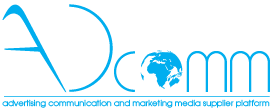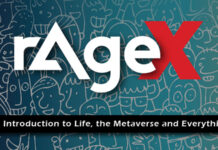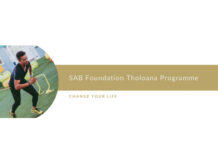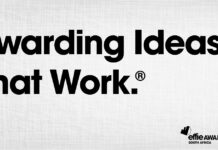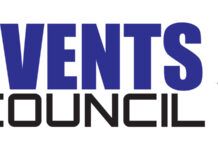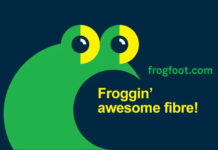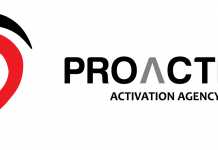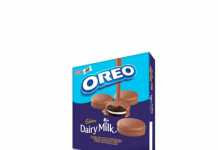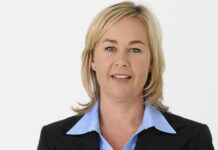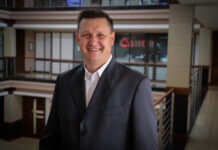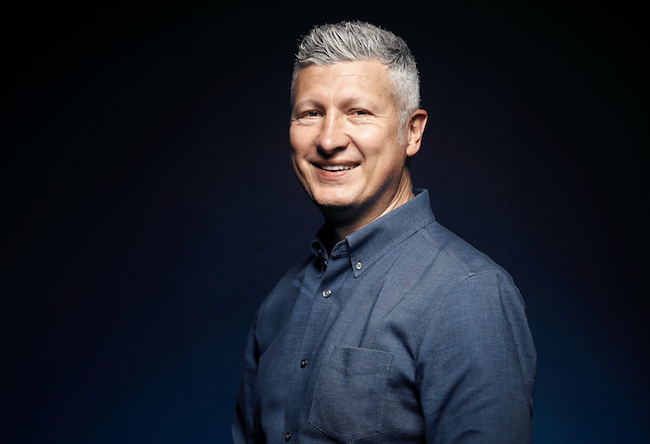
Investing in radical digital transformation has probably been the best decision Mediamark has made. Over the last four years, we’ve seen astonishing efficiency gains that have made our investment worthwhile. More than that, it has transformed our company culture and fundamentally changed the way we operate. This is how we approached the process.
Established 27 years ago, Mediamark was a very successful legacy organisation within the Kagiso Media stable, in turn part of the broader Kagiso Tiso Holdings Group. However, legacy can also mean legacy systems and traditional ways of doing things, which are not always the best methods. In 2020, we decided to evolve into a more agile and customer-centric company, obsessed with winning, learning, collaboration, creativity and accountability.
We worked with digital transformation consultancy DY/DX to explore a digital transformation model for the business. We launched our initiative at the beginning of 2020, but paused after the COVID-19 pandemic hit. A couple of months later, it became clear that the pandemic was not going away quickly, so we dove back into the digital transformation process more radically and urgently than before.
The organisational change started by refining and developing new ways of working across every aspect of the business, which was modernised through critical assessment. We reimagined our workflows and implemented new systems and technologies. Reengineering our media sales and processing methods in fact required a holistic cultural transformation; we’ve learnt that digital transformation is about far more than just the technology and tools.
The purpose of the entire project has been to transform our business into a more effective and agile organisation that can scale without increasing headcount. We are now able to respond to changes in the market quickly, offering our stations and the brands we represent leading-edge platforms and services and ultimately improving the media buying experience for clients.
There were four pillars underpinning the digital transformation project. The first pillar, developing new workflow processes, is essentially around complexity versus simplicity. We conducted interviews and workshops involving a combination of new and experienced employees from various divisions within the company, as well as some of our partners, which included our advertising agencies and the brands we represent. Existing processes, roles and resources were mapped out into a Current State workflow model, which helped us to visualise and understand what was actually happening in our business at that point.
Back in 2020, our Current State model was filled with complexities that slowed everything down, like sludge in the system. We analysed all that information and collaborated with the same contributors to workshop a new workflow blueprint, which we called the Future State. Now a reality in 2024, our model is much simpler, cleaner and easier to navigate because we have reworked our digital processes and implemented relevant workflows.
This Future State vision provided the foundation for the next three pillars. The second pillar was to implement new systems to reduce operating costs and improve efficiency. This was not restricted to technology alone; areas for improvement in the business were identified first, leading to the choice of technology to support the selected solutions. Platforms were chosen based on their capabilities, ensuring that little or no development would be required.
We opted for Pipefy for Workflow Automation, ActiveCampaign for CRM and Power BI for centralised reporting. We have further implemented Talent LMS, a leading learning management platform designed for sustained training and skills development, and Schedule Builder, which we are still integrating with Pipefy and our booking system, TBS. This is currently in the design phase and has tested very well so far with selected media market users, and even our clients, in preliminary market tests.
Workflows in Pipefy have really increased efficiency; they’ve clarified timelines and areas of responsibility and streamlined communication. Integration between Pipefy and ActiveCampaign has ensured that both systems are used optimally within the scope of their capabilities without additional development required on other platforms. ActiveCampaign actually replaced our previous CRM and media marketing systems, which always had gaps and were a pain point for the business. Our station partners, who represent the audio side of the business, were integrated into Pipefy workflows where required.
Within one year of this integration, there was an 83% improvement in approval times from our station partners. By December 2023, efficiency gains were noted across various divisions inside Mediamark, showing a 32% increase in the number of invoices created and a 14% decrease in turnaround times for the same period – so volumes went up while turnaround times went down. There was a 25% faster turnaround time for non-traditional revenue proposals, and traffic booking time improved by 75%, which is absolutely phenomenal.
The next pillar was around upskilling staff and developing new ways of working. Development means nothing without adoption; you have to take the people on the journey with you, otherwise, you go nowhere. It’s all about culture change, and that’s where things often fail—if you don’t get the people to follow you on this journey. Skills development for the project included a dedicated change management strategy, as well as a combination of functional training and applied learning.
Change management followed the ADKAR model which focuses on the role of the individual in achieving organisational change. The model outlines five key areas that an individual has to go through to be successful in organisational change: awareness, desire, knowledge, ability, and reinforcement. That was the model we used; key individuals across divisions in Mediamark were identified and trained as change champions to support the teams involved in the project. To encourage habit forming and habit building and drive change internally, these individuals are helping everyone else adopt the new systems quickly.
Training and development had a dual focus of functional training conducted by a specialist sales trainer from DY/DX, alongside applied learning sessions conducted individually or sometimes in smaller groups via our own Mediamark Sales Academy. We implemented gamification and profiled effective users internally, using this extensively to entrench new skills and celebrate the early adopters who were using the system properly. This in turn built positive associations with organisational change.
Once this base was established, it was time to look outward and forward with an attitude of continuous improvement, resonating with the Japanese philosophy of “Kaizen.” This is our fourth pillar: deploying new features and products to increase client-centricity and satisfaction, establishing a continuous feedback loop. We focus on client-centric features and products, including tailored reporting and online scheduling, with well-defined segmentation-based trade marketing. We continuously seek to improve, embracing an agile model that promotes ‘better done than perfect’. This mindset has benefited us immensely as a legacy company, where the prevailing belief can often be that it’s better to wait until something is perfect before moving forward.
Reflecting on our progress over just the last two to three years, it is evident that we are now radically different and the way we conduct business has evolved significantly. Automated workflows, centralised reporting, and a continuous focus on skills development, including enhanced technical literacy, have been critical to the project. An iterative approach to creating, releasing, and implementing new systems has so far delivered very positive results. Mediamark, within the broader Kagiso Tiso Holdings group, is now seen as leading this digital transformation process.
I hold dear the quote from Leonardo da Vinci: “Simplicity is the ultimate sophistication.” Simplicity doesn’t mean easy; it signifies straightforward, rather than complex.
Our overarching approach views technology as a tool rather than a goal in itself, enabling us to streamline processes and increase efficiency, which continues to gain momentum. I believe that the future looks bright as we follow a path of our own design.
